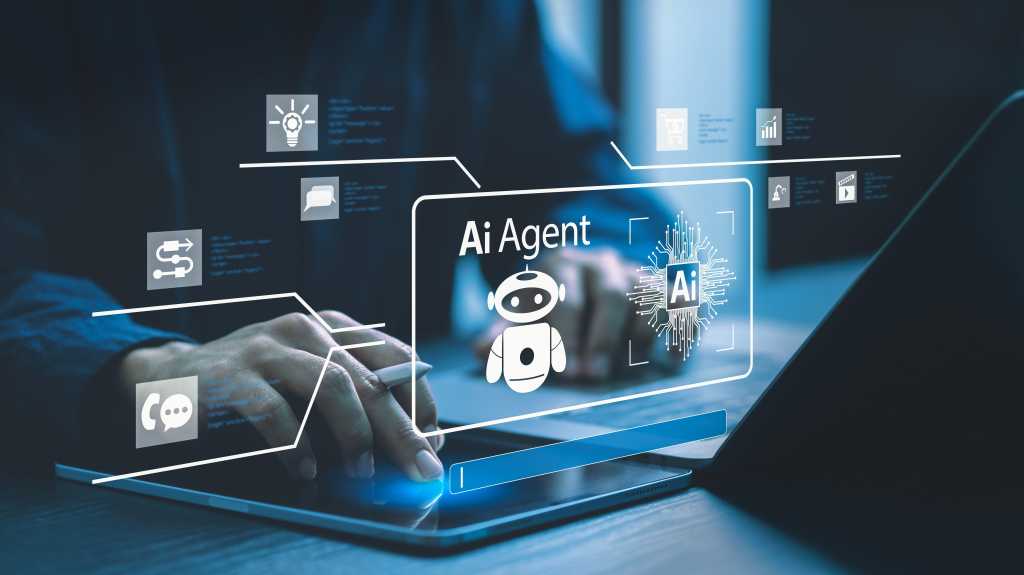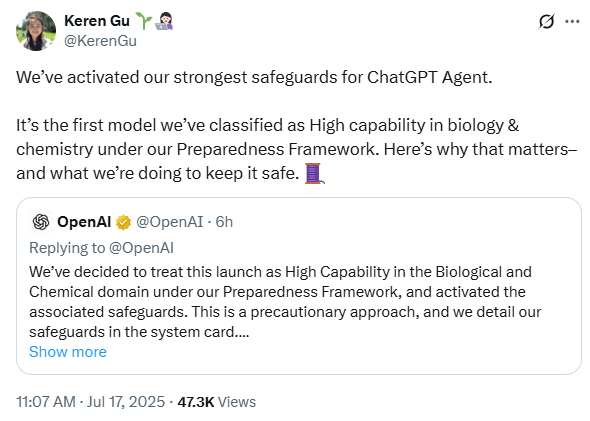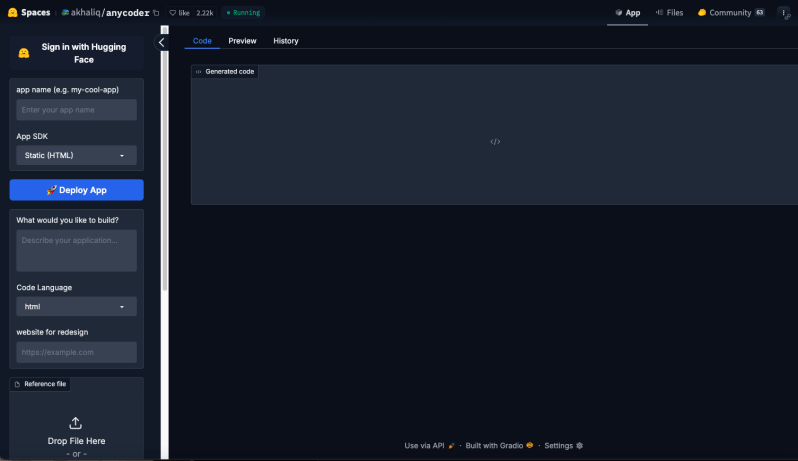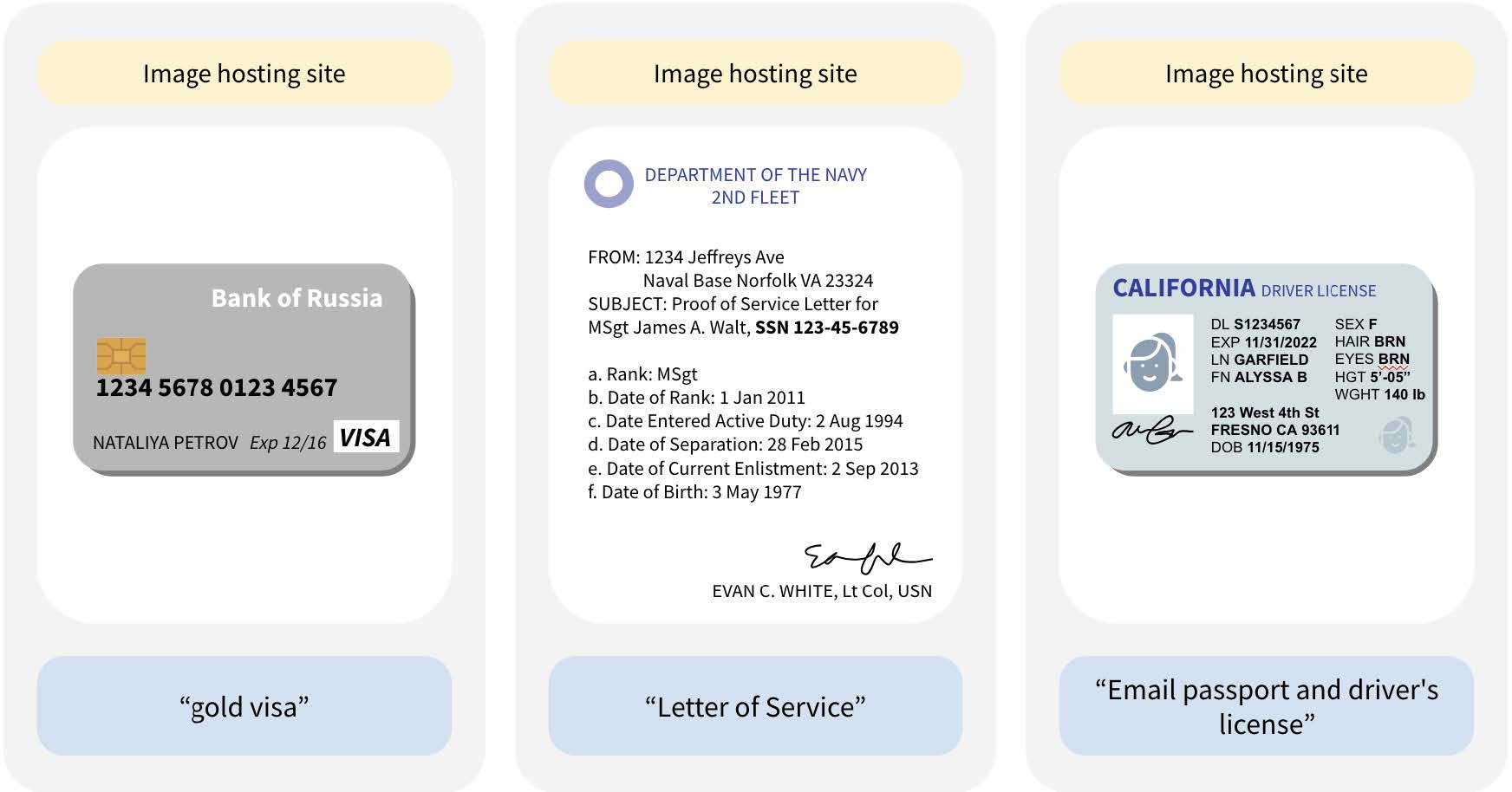Join the event trusted by enterprise leaders for nearly two decades. VB Transform brings together the people building real enterprise AI strategy. Learn more
Outset, a San Francisco startup that uses artificial intelligence to conduct market research interviews, has raised $17 million in Series A funding to accelerate adoption of its AI-moderated research platform among Fortune 500 enterprises. The round, led by venture capital firm 8VC with participation from Future Back Ventures by Bain & Company and existing investors, brings the company’s total funding to $21 million.
The two-year-old company has developed what it calls the first AI-moderated research platform that can conduct video interviews with research participants at unprecedented scale and speed. Major customers including Nestlé, Microsoft, and WeightWatchers are using the technology to replace traditional market research methods that have remained largely unchanged for decades.
“From my own professional experience, I know firsthand how difficult and time-consuming it is to truly understand your customers and their needs – nothing matters more,” said Aaron Cannon, co-founder and CEO of Outset, in an exclusive interview with VentureBeat. “We designed AI agents to do what we couldn’t — talk to thousands of people at the speed, scale and depth that’s never been possible.”
How AI agents are disrupting decades-old market research practices
The funding comes as enterprises increasingly seek AI-powered alternatives to traditional market research, which typically requires weeks or months to complete and costs thousands of dollars per participant. Outset’s platform promises to deliver research results that are 8 times faster, 81 percent less expensive, and provide 10 times more reach than human-led research.
The technology works by having AI moderators conduct video interviews directly with research participants using synthesized voice, text, images, and videos. Participants can respond through video, voice, text, or by sharing their mobile and desktop screens for user experience research. The AI then synthesizes results automatically, providing instant reporting and analytics.
“Outset’s AI moderator prompts participants with synthesized voice, text, images, and videos. In response, participants share their videos, voices, text, and even their mobile and/or desktop screens for user experience research,” Cannon told VentureBeat.
For context, traditional market research often involves conducting 25 in-depth interviews over 4-6 weeks, followed by 2-4 weeks of manual analysis. With Outset, companies can conduct 250 interviews and complete the entire project in less than a week while requiring fewer hours from research teams.
Inside Nestlé and Microsoft’s AI-powered customer research strategies
Nestlé, which develops new food products across more than 2,000 brands, exemplifies the platform’s enterprise applications. The food giant uses Outset to test new product concepts by conducting in-depth interviews with hundreds of participants over 1-2 days.
“Nestlé develops new food products constantly across >2000 brands. When they have new concepts, they need to test those with consumers – they need to understand where and how this food would be consumed, reactions to the price point, ingredients and packaging, and even what kinds of other brands it might replace,” Cannon said.
The results speak to the platform’s efficiency gains. In one project, Nestlé achieved the 81 percent cost reduction that Outset cites in its marketing materials while dramatically accelerating their research timeline.
Microsoft, another customer, is using the platform to better understand user experiences with AI products. “AI-augmented research is here. We partner with Outset to accelerate and scale our team’s ability to learn from our users with the help of AI agents,” said Jess Holbrook, Head of Research at Microsoft AI.
Why venture capitalists see a $140B market opportunity in AI research
The investment reflects growing venture capital interest in AI applications that can replace traditional manual processes. Jack Moshkovich, Partner at 8VC, sees Outset addressing a massive addressable market.
“UX research software budgets, general research software budgets, and human-led research budgets are ultimately all addressable by Outset, giving them a roughly $140B TAM,” Moshkovich said in an interview with VentureBeat.
The investor cited four key factors driving the investment decision: large market size with strong inbound demand, early market positioning without a clear leader, potential for long-term product durability through technical challenges and data accumulation, and a stellar team with deep customer understanding.
“AI-native applications that directly address spend previously allocated to manual labor have been a core theme for us over the last two years. Outset is a prime example of a business taking advantage of advances in LLMs to deliver a service that previously had to be manual,” Moshkovich explained.
From 14 employees to millions in revenue: Outset’s explosive growth story
The funding comes amid rapid growth for the 14-person company. Outset has achieved millions in annual recurring revenue with more than 50 enterprise customers, and revenue has doubled over the last four months. The company reported nearly 20 percent month-over-month revenue growth and a 10-fold increase in customer usage over the past year.
“We have millions in annual recurring revenue with more than 50 enterprise customers and we’re growing super fast — revenue doubled over the last 4 months,” Cannon said.
The rapid adoption reflects a broader shift in enterprise attitudes toward AI tools. “Inertia is the biggest objection. People are used to traditional tools and sometimes don’t feel ready to embrace new AI tools. This has shifted massively over the last 6 months,” Cannon said.
Taking on Qualtrics and UserTesting with next-generation AI technology
Outset primarily competes with traditional research incumbents like Qualtrics and UserTesting, which Cannon argues remain stuck with outdated methodologies. “They are still relying on static surveys to gather data and their ‘AI analysis’ tools are still stuck in the world of word clouds and basic sentiment analysis,” he said.
The company also faces competition from other AI research startups, but Cannon believes Outset’s comprehensive enterprise platform provides competitive advantages. The platform includes security certifications, admin permissioning, data-segregated workspaces, and interviewer customization features that large enterprises require.
“We created this new category (AI-moderated research) and continue to offer the most robust and flexible solutions for enterprises, stretching all the way from UX usability tools to strategic market research,” Cannon said.
What AI research can and can’t do: Understanding the platform’s limits
Outset’s AI works best for research projects with three characteristics: seeking deep learning, valuing scale and speed, and having roughly defined learning objectives. The platform excels at concept testing, usability research, market strategy studies, and longitudinal research tracking sentiment over time.
However, Cannon acknowledges limitations. The platform isn’t recommended when researchers want to develop deeper relationships with participants, such as interviewing potential prospects, or when complete improvisation is desired. “In those cases, we recommend conducting a few human-moderated interviews and then scaling up your research with AI-moderated,” he said.
The technology can probe deeply into participant responses when researchers configure studies appropriately. “Outset is designed to take in the needs, goals, and instructions from researchers in order to deploy the best AI moderator. Then the AI moderator will probe to better understand or clarify the participants’ experiences, motivations, preferences, or reactions,” Cannon explained.
Do customers open up more to AI interviewers than human researchers?
One persistent question about AI-moderated research concerns whether automation reduces human connection and authenticity in interviews. Cannon argues the opposite occurs in practice.
“As we look to the future of AI in research, we’re often asked whether AI makes research less human and personal. At Outset, we’ve seen interviewees open up to our AI agents in ways not seen today with human researchers,” he said. “By deploying AI to talk to thousands of people around the world in any language and in any time zone, our customers are dramatically reducing the barriers to deeply understanding what users really want and need, infusing their products, services and experiences with more humanity.”
The $17M plan to democratize customer insights across Fortune 500 companies
The new funding will support two primary initiatives: expanding the go-to-market team to capitalize on growing demand for AI-led research, and building more advanced AI agents to democratize customer understanding across organizations.
“We will be using the $17M to grow our GTM team to capitalize on the rapid adoption of agent-led research and to build more advanced AI agents to empower everyone in any organization to more deeply understand their customers,” Cannon said.
The company has ambitious plans for product development. “Imagine anyone in an organization being able to ask an AI a simple question and watch Outset’s agents set up, run, and analyze real primary research in just a few hours,” he added.
Looking ahead 12 months, Outset aims to become “the world’s first end-to-end, AI-native enterprise research platform” by achieving greater than 5x revenue growth and becoming critical decision-making infrastructure for 20 percent of the Fortune 1000.
Investors share this optimism. “We’re excited to see Outset continue their incredibly fast revenue growth, and expect the business to more than 5x its revenue this year,” Moshkovich said.
What Outset’s success means for the future of market research industry
Outset’s growth reflects a broader transformation in how enterprises approach customer research and data collection. As AI capabilities advance and enterprise adoption accelerates, traditional research methodologies that have dominated for decades face disruption from automated alternatives that promise superior speed, scale, and cost-effectiveness.
The company’s success with major enterprises suggests that AI-moderated research may become standard practice for customer insights, potentially displacing significant portions of the traditional market research industry while enabling entirely new approaches to understanding customer needs and behaviors.
For technical decision makers evaluating AI research platforms, Outset’s enterprise focus, security features, and demonstrated results with major customers position it as a leading option in the emerging AI-moderated research category.
But perhaps the most telling sign of this transformation lies in Cannon’s observation that people open up more to AI interviewers than human ones. In an industry built on human connection and empathy, the future of understanding customers may increasingly depend on machines that never get tired, never judge, and never run out of time to listen.
Daily insights on business use cases with VB Daily
If you want to impress your boss, VB Daily has you covered. We give you the inside scoop on what companies are doing with generative AI, from regulatory shifts to practical deployments, so you can share insights for maximum ROI.
Read our Privacy Policy
Thanks for subscribing. Check out more VB newsletters here.
An error occured.





















